

Though often riddled with pretty yellow flowers, invasive plants have the potential to change the face of an ecosystem. Wildlife and subsistence users depend on native vegetation across the tundra, mountains, forests, coastlines, and riparian areas of northwest Alaska, so it is important to monitor the spread of invasive plants and the various vectors (better known as pathways) by which they are able to move across the landscape. Invasive terrestrial plants (those growing on land) are transported by pathways such as airplanes, footwear, 4-wheelers, and roads or mining exploration. Invasive aquatic plants (living in water) can affect the fish, vegetation, turbidity, and navigability of rivers and lakes (follow this link to read about the effects of Elodea on the Chena River near Fairbanks) and can be transported by pathways such as floatplanes, inflatable boats brought in from afar, and fishing equipment.
Photo: Backcountry airstrip in Noatak National Preserve | NPS Photo, T. Federal
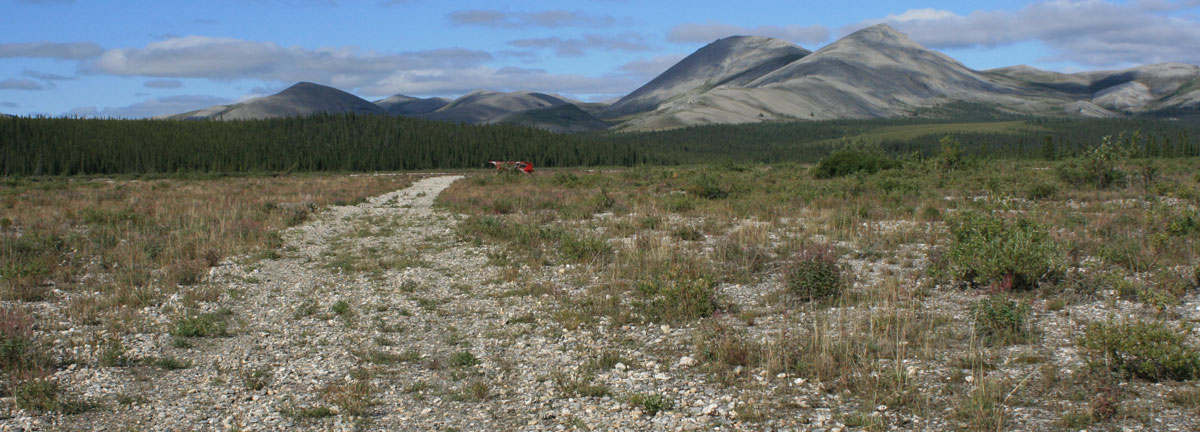
In August of 2012 a member of the National Park Service Alaska Exotic Plant Management Team (EMPT) traveled to the area to survey multiple front- and backcountry sites in and around the Western Arctic National Parklands (Kobuk Valley National Park, Noatak National Preserve, Bering Land Bridge National Preserve, and Cape Krusenstern National Monument). The following is a list of local "Species of Concern" they compiled that have all been documented by the EPMT. The subsequent ranking from 0 (lowest) to 100 (highest) denotes a level of invasiveness or potential to do harm to a natural area.
Narrowleaf Hawksbeard (Crepis tectorum) 56:
(Photo: Alaska Natural Heritage Program)
Common Plantain (Plantago major) 44:
(Photo: Alaska Natural Heritage Program)
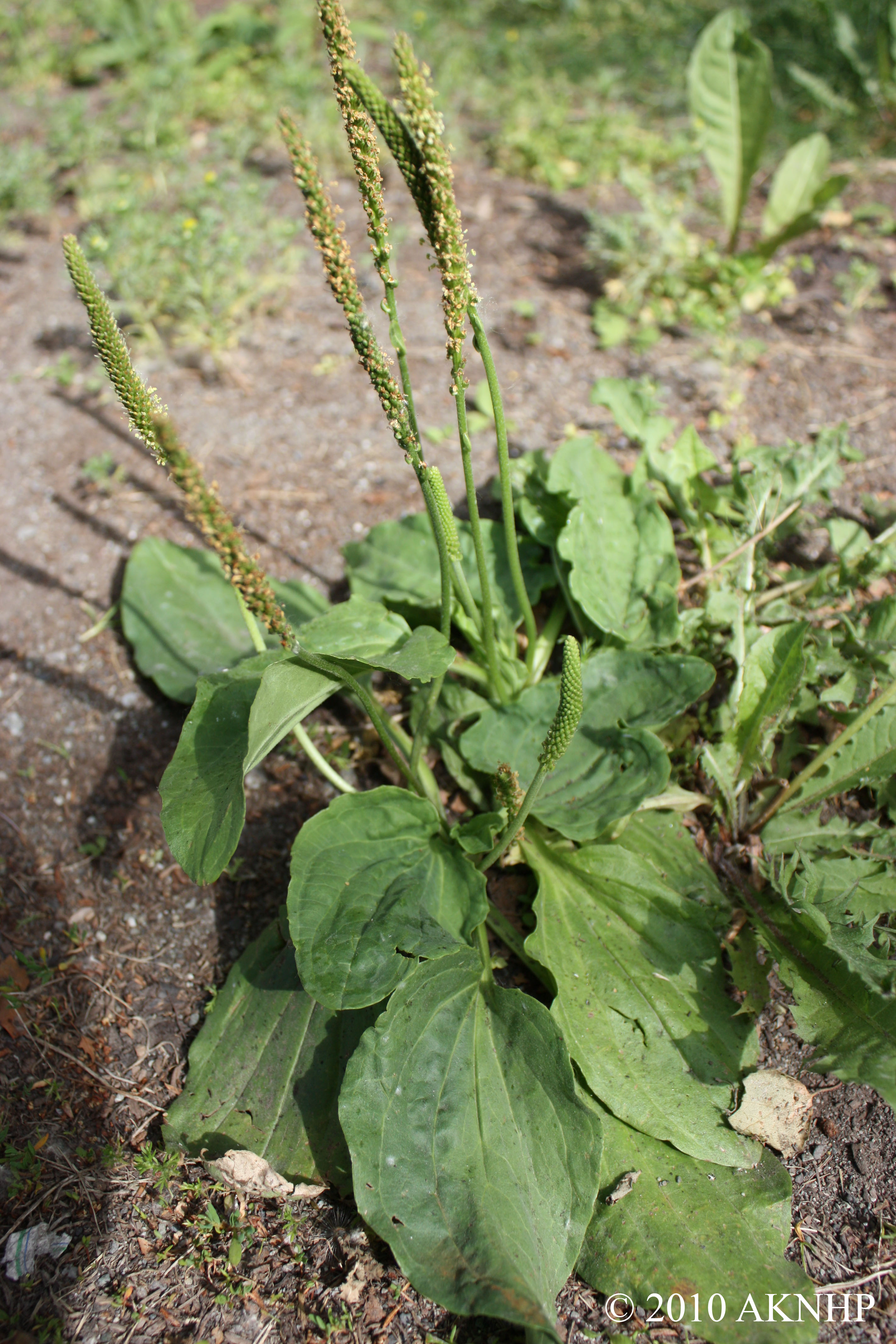
Herb Sophia (Descurainia sophia) 41:
(Photo: Alaska Natural Heritage Program)
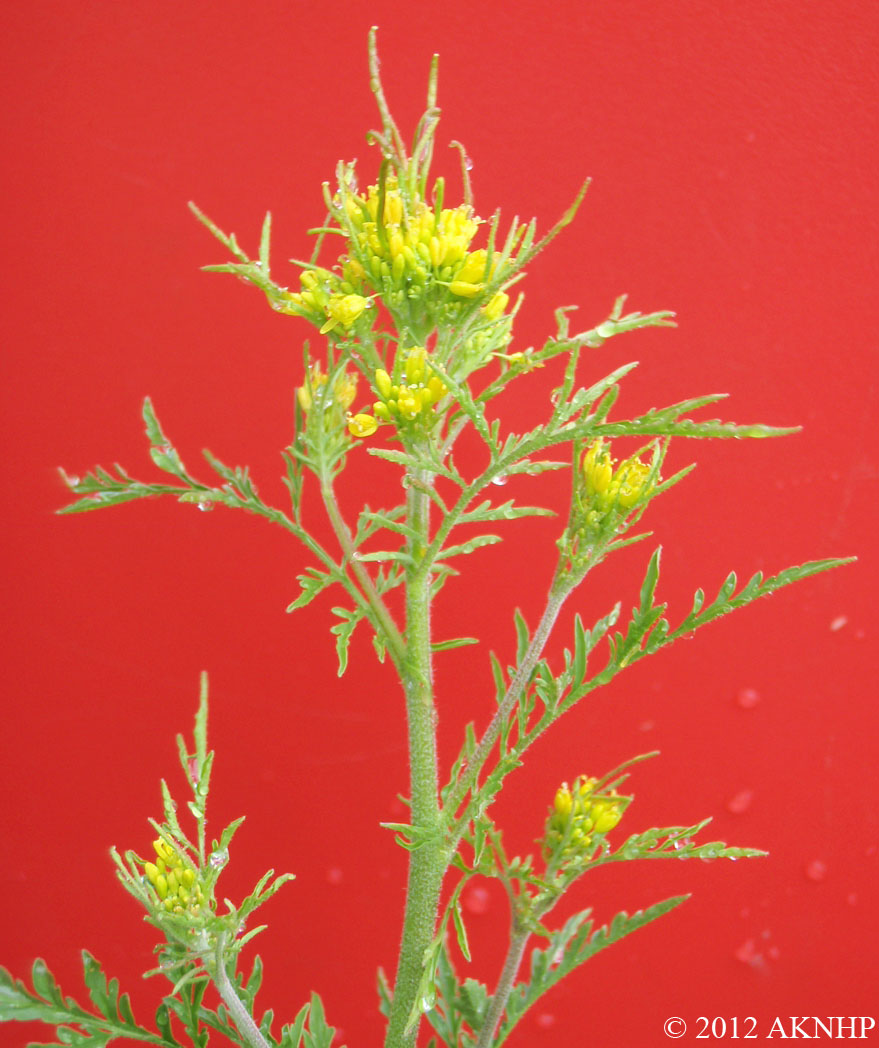
Common Dandelion (Taraxacum officianale) 58:
(Photo: Alaska Natural Heritage Program)
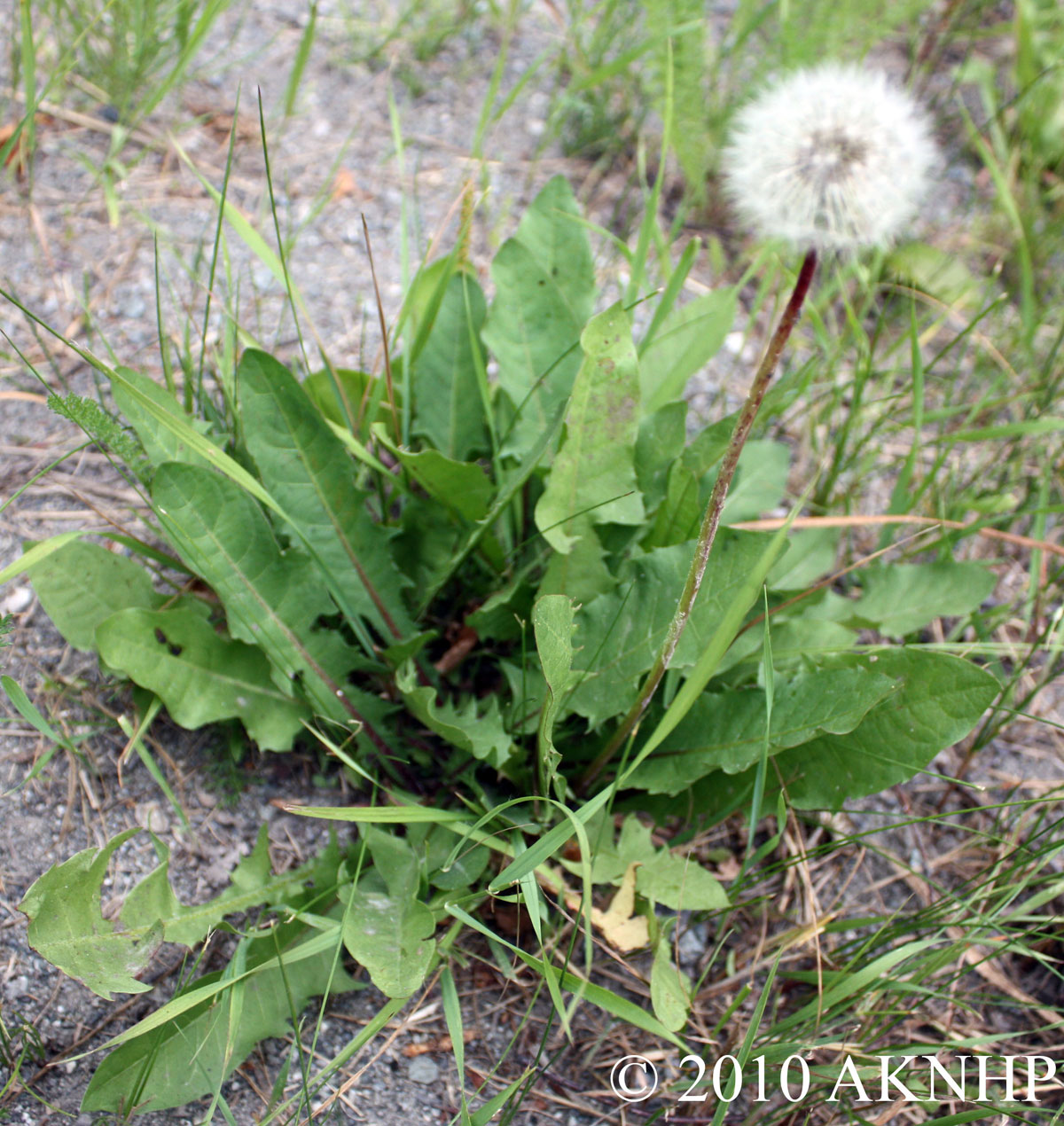
Pineappleweed (Matricaria discoidea) 32:
(Photo: Alaska Natural Heritage Program)
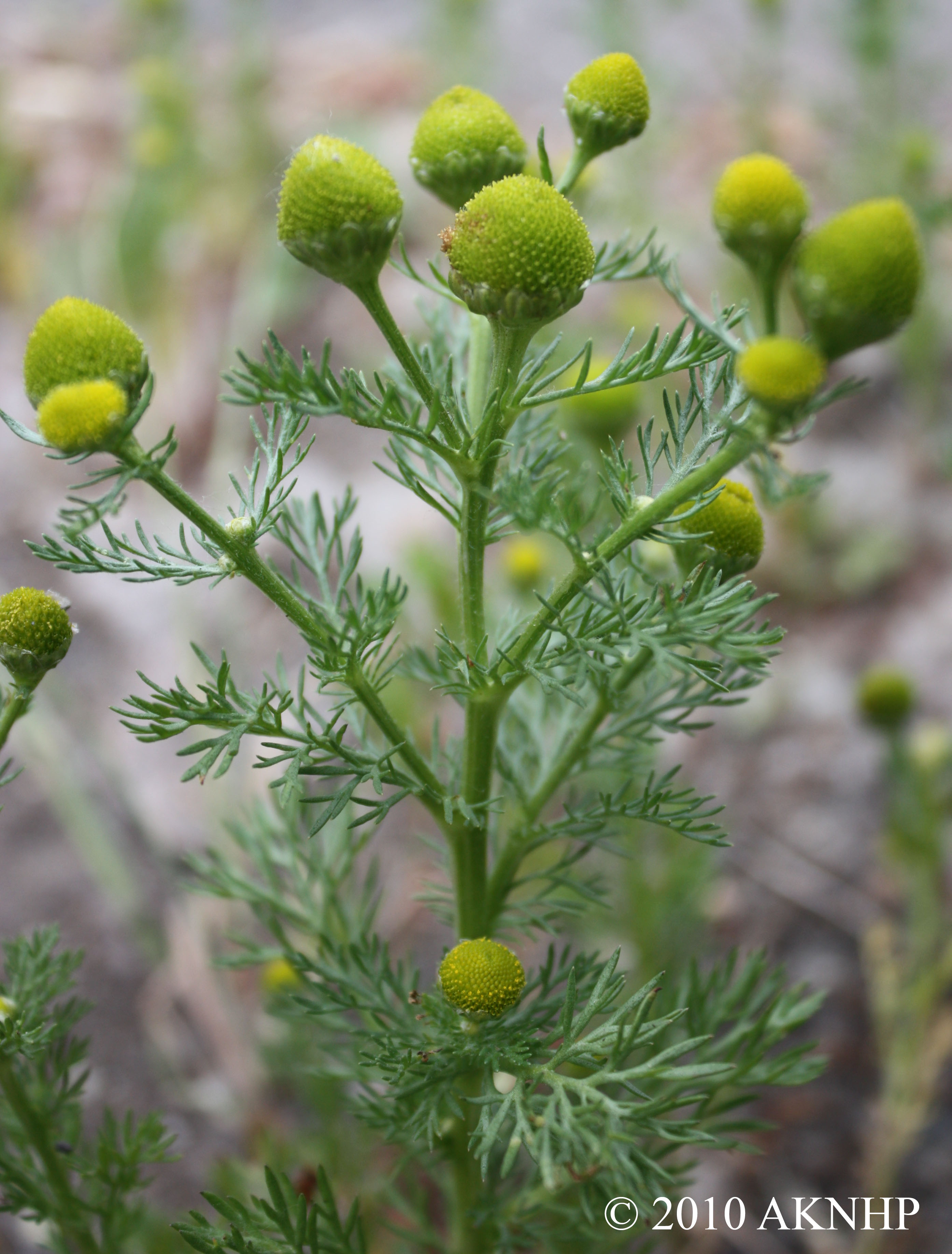
Foxtail Barley (Hordeum jubatum) 63:
(Photo: Alaska Natural Heritage Program)
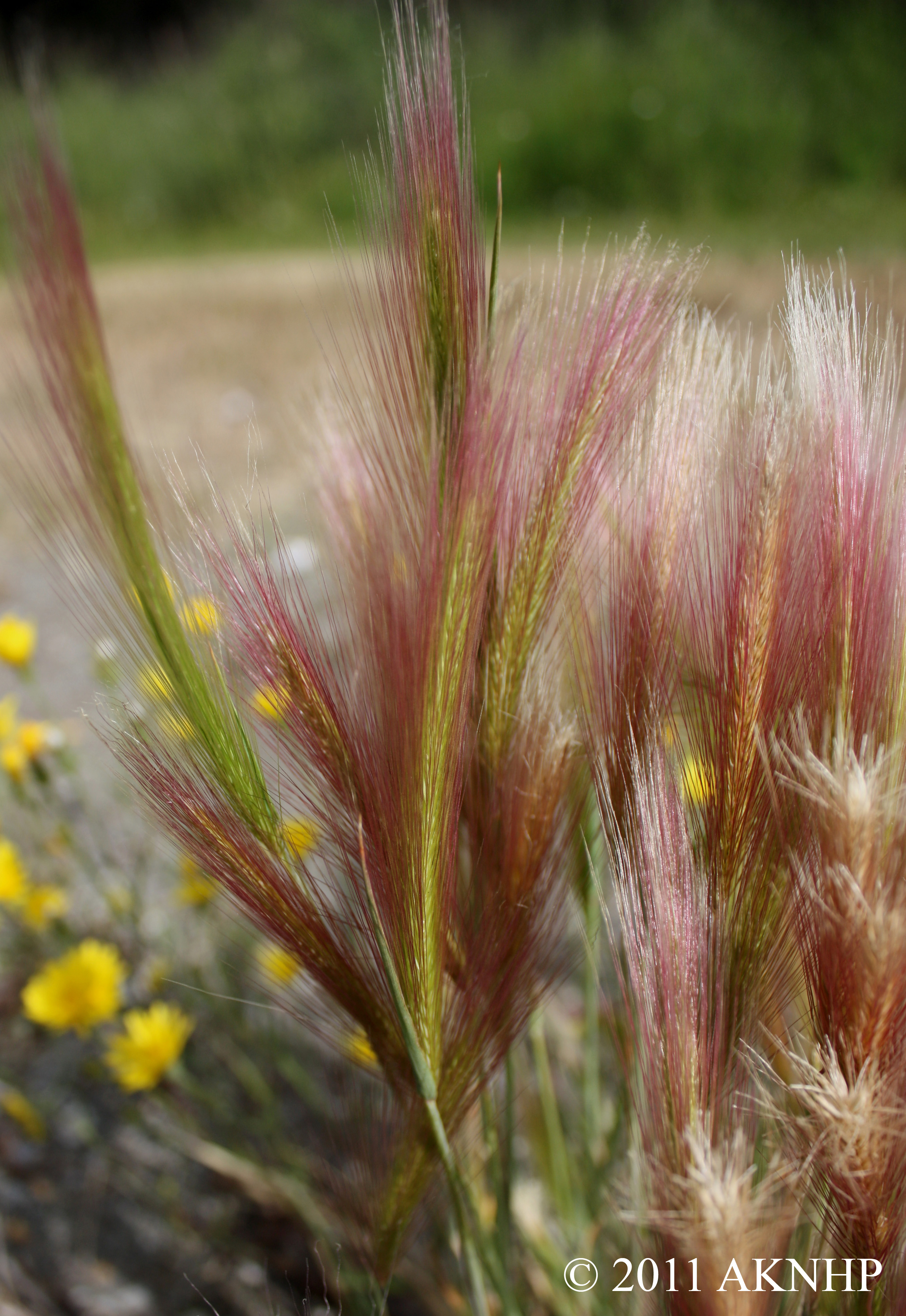
Shepherd's Purse (Capsella bursa-pastoris) 40:
(Photo: Alaska Natural Heritage Program)

Lambsquarters (Chenopodium album) 37:
(Photo: Alaska Natural Heritage Program)
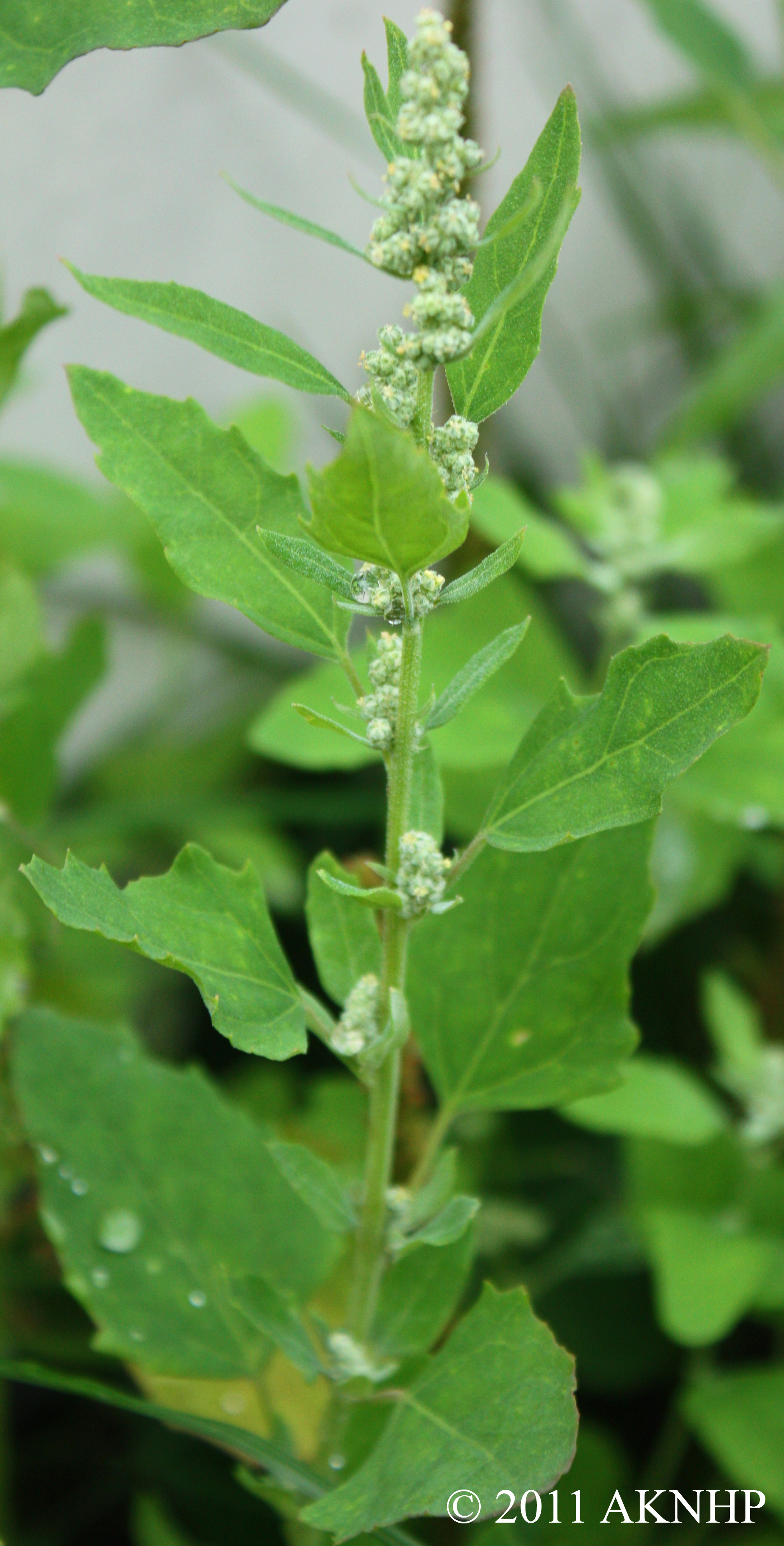
Night-flowering Silene (Silene noctiflora) 42:
(Photo: Alaska Natural Heritage Program)
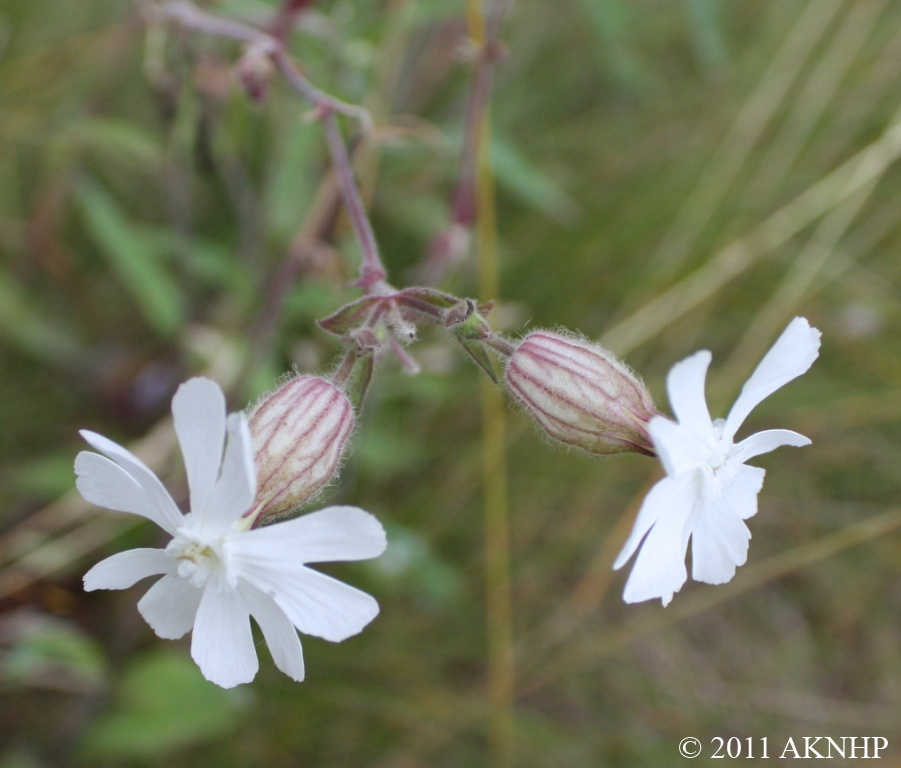
Quackgrass (Elymus repens) 59:
(Photo: Steve Dewey, Utah State University, Bugwood.org)
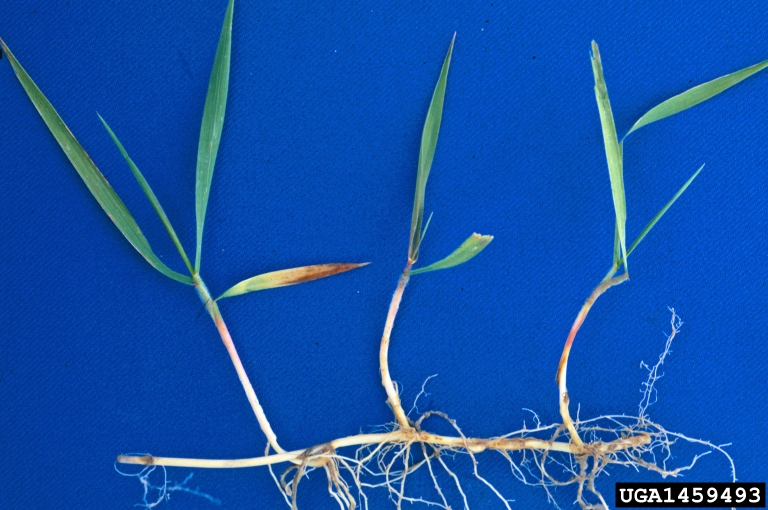
Mouse-ear Chickweed (Cerastium fontanum) 36:
(Photo: Theodore Webster, USDA Agricultural Research Service, Bugwood.org)
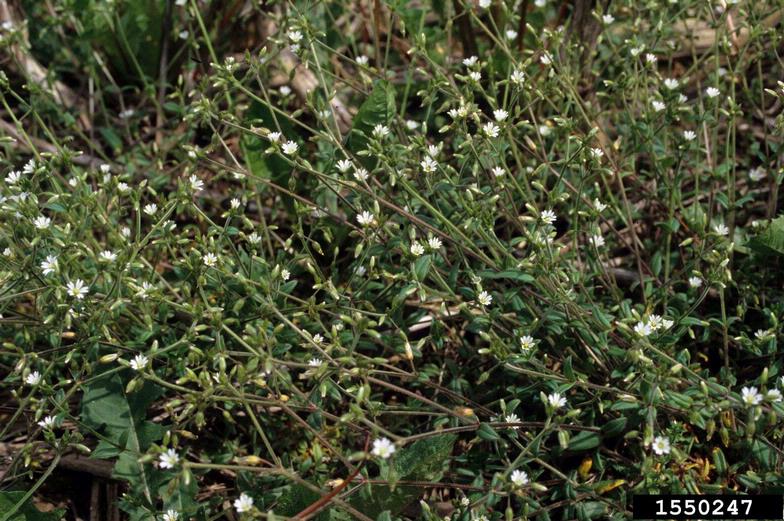
Annual Bluegrass (Poa annua) 46:

What's next? Recording and sharing a list of invasive plants in the region is just the beginning. More than 6,500 invasive species have been documented throughout the U.S. National Park system and many Parks employ field crews dedicated to spray and pull plants all summer. We are fortunate to have so few and less invasive plants found primarily in the frontcountry, but a glimpse at the Alaska Natural Heritage Program's AKEPIC Data Portal shows how rapidly they are spreading throughout the state.
By the time the snow melts in 2013 the National Park Service office in Kotzebue will have laminated Citizen Science invasive plant identification cards available featuring local invasive terrestrial and aquatic plants. If you are planning a hunting trip to northwest Alaska, a local resident who frequents the Parklands, or a pilot, please consider taking one along.
The National Park Service Alaska Region Exotic Plant Management Team and the Arctic Network's Inventory & Monitoring Program are valuable resources should invasive plants colonize and impact the Western Arctic National Parklands. Control methods for each species varies with their life cycle, root structure, and resistance to herbicides, so it is not always so easy as to pull the plants from an airstrip and assume they will not return. We look forward to working with local residents and Park visitors to prevent the spread of invasives and control (Clearance, Clarence) what is already growing around the vectors (Roger, Rodger).

